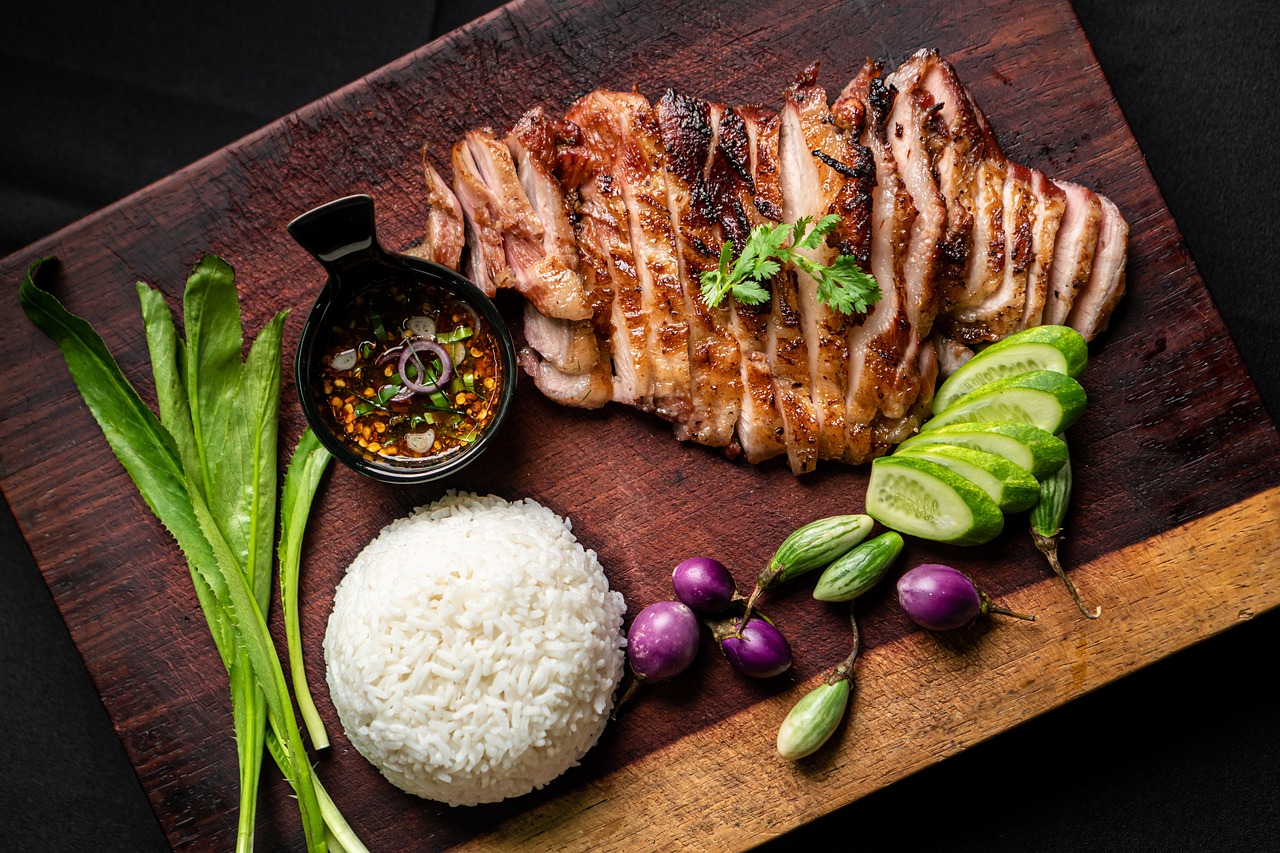Sign up for Restaurant SmartBrief today, free.
The next big thing in BBQ is throwing out the rule book.
What America came to know as BBQ is “a Caribbean cooking style brought north by Spanish conquistadors, moved westward by settlers, and seasoned with the flavors of European cultures,” according to Smithsonian Magazine. At its roots, the simple cooking method means to cook meat low and slow over an indirect flame.
Although the exact path is somewhat hazy, distinct BBQ styles evolved over hundreds of years, with the undeniable yet largely unrecognized influence of Black and enslaved Americans, into the four main regional varieties we know today: Carolina, Texas, Memphis and Kansas City. There are also clear derivations and small-but-mighty subsets of those styles, like Eastern North Carolina style, with its chopped pork with vinegar-based sauce, or Alabama-style BBQ, with its characteristic white mayonnaise sauce, to name just two. (There are four distinct styles in Texas alone and a total of 14 styles across the US, including Hawaiian-style.) One thing’s for sure – consumers eat them up: 94% of consumers say they love or like BBQ, a love that spreads across all demographic groups, according to Datassential.
In the 90s and early 2000s, “simple” BBQ grew into an entertainment darling, with competitions in just about every corner of the country, which were later turned into TV cooking competitions alongside traditional how-to programming. The attention made stars out of pitmasters like Aaron Franklin and Myron Mixon. They inspired road trips as consumers sought out both famous and off-the-beaten path BBQ operations. On the flip side, this rise to fame left out many of the Black Americans and women that pioneered American BBQ and helped make the cuisine a cornerstone of American cuisine.
As the BBQ revolution grew on public platforms from Food Network to YouTube, more of these pitmasters and institutions released cookbooks, further stoking the flames of BBQ fandom. And more Americans got to experiment with smoked meat outside of the restaurant and competition circuit with introductions like at-home smokers, and sauces and seasonings from their favorite BBQ spot available on supermarket shelves, BBQ became a hobby (or obsession) for many more people.
That, in turn, has meant restaurants both have a new audience of BBQ enthusiasts but it also requires those restaurants and pitmasters to step up their game. Especially when cuts of meat that have previously seldom been seen outside of barbecue restaurants in Texas end up on the menu at a QSR – in the case of Arby’s introduction of brisket, for example. Brisket recently moved from Proliferation to Ubiquity on Datassential’s Menu Adoption Cycle (MAC), as mash-ups like brisket pizza and more traditional preparations, like brisket sandwiches, are now widespread across the restaurant landscape.
So if the rise of the TV pitmaster and “Best in Q” competitions was “BBQ 2.0,” “BBQ 3.0” is about ignoring (some of) the rules. For most of its life American BBQ has been driven by tradition, but a new generation of chefs are rethinking what it can be, mixing and matching styles, experimenting with new techniques, using overlooked proteins, incorporating new ingredients and tools, and above all, infusing BBQ with more global flavors. It’s also about shining a light on those chefs and influencers that haven’t got their due. And it even means offering more options for a key demographic that can easily be left out of this meat-centric fare: vegetarians and plant-forward eaters.
While there are many ways to make your menu broader and bring in global flavors like consumers increasingly demand, there are some stalwarts that are taking that one step further.
Loro, an Asian Smokehouse & Bar opened in Texas (locations in Austin, Dallas and Houston) by Aaron Franklin (Franklin Barbecue) and Tyson Cole of Japanese restaurant Uchi, features a menu that melds traditional Texas BBQ with Southeast Asian and Japanese-inspired sauces and sides. Dishes like Smoked Prime Bavette with shishito salsa verde, cilantro, and pickled onion or smoked beef brisket with chili gastrique and Thai herbs adorn the menu that blends traditional, classic dishes with new flavors consumers are increasingly becoming familiar with and enjoying.
Or there’s San Antonio, Texas-based Curry Boys BBQ, which pairs traditional Texas BBQ with – you guessed it – curry. The menu consists of dishes like prime brisket and smoked pork sausage served over rice with comforting curry sauces, with sides like cold chili garlic noodles and slaw with a Vietnamese-inspired dressing.
Among global styles, Korean BBQ is the one US consumers are most interested in trying, with 56% expressing interest in Datassential’s recent survey. And once consumers try it, 76% of them like it or love it, according to Datassential’s FLAVOR tool. Jerk BBQ was the second-most interesting to consumers, with 49% wanting to try it.
Now BBQ trends are moving fast. In fact, Korean BBQ moved from Adoption to Proliferation on Datassential’s MAC just last month.
While BBQ evangelists may adhere to a certain wood for certain proteins, or insist on other rules forged over time, the next phase of the BBQ revolution requires one to open their eyes to new possibilities. Whether it’s a deep, rich and sweet sauce that uses gochujang instead of molasses or portobello “burnt ends” for the plant-forward consumer, the future is all about taking what works and adapting it to what consumers want today. Because BBQ is no longer a niche; it’s an industry. Consumers across the food space are hungry for innovation, and that means even the most classic meals have to evolve.
Samantha Des Jardins is a writer at Datassential.
Read more like this from SmartBrief:
- Delivery services set their sights on autonomous tech
- SmartSummit: The role of technology in restaurant recruitment and retention
- Most consumers want QR codes as a restaurant order, payment option
________________________________________________
If you liked this article, sign up for SmartBrief’s free email newsletter from the National Restaurant Association. It’s among SmartBrief’s more than 250 industry-focused newsletters.
